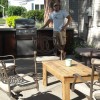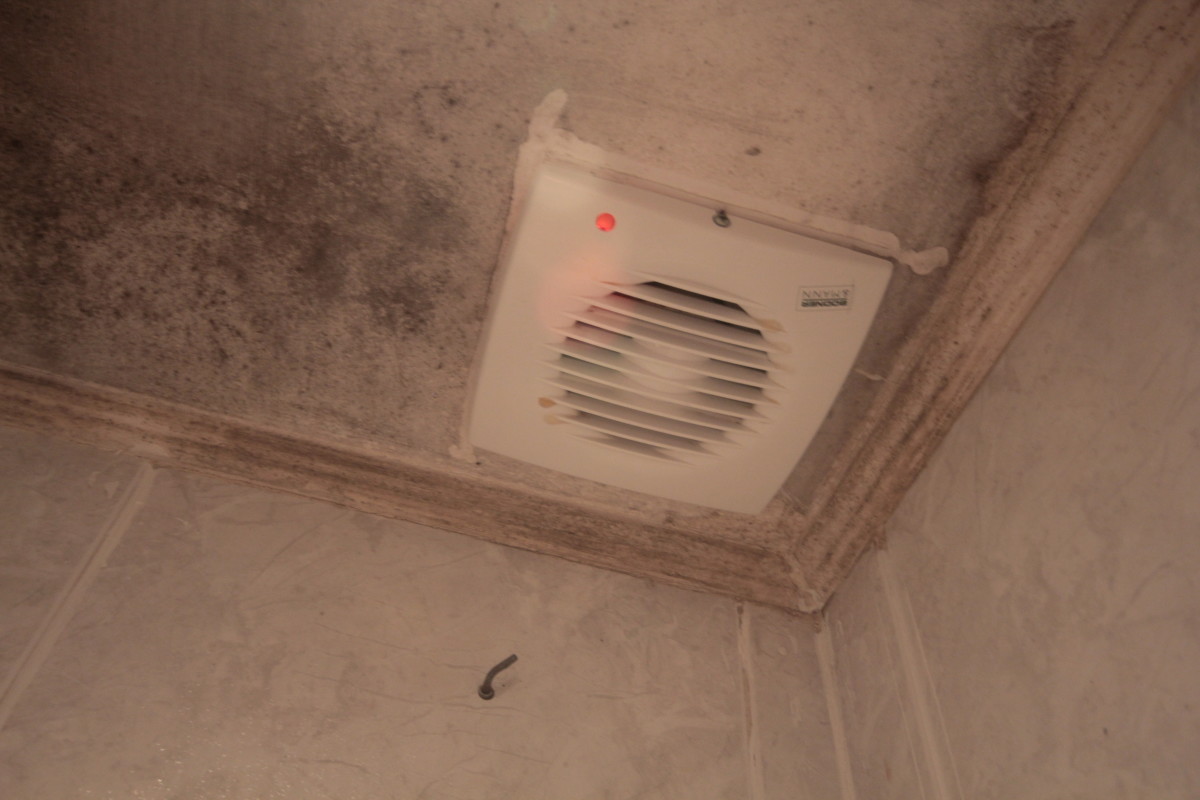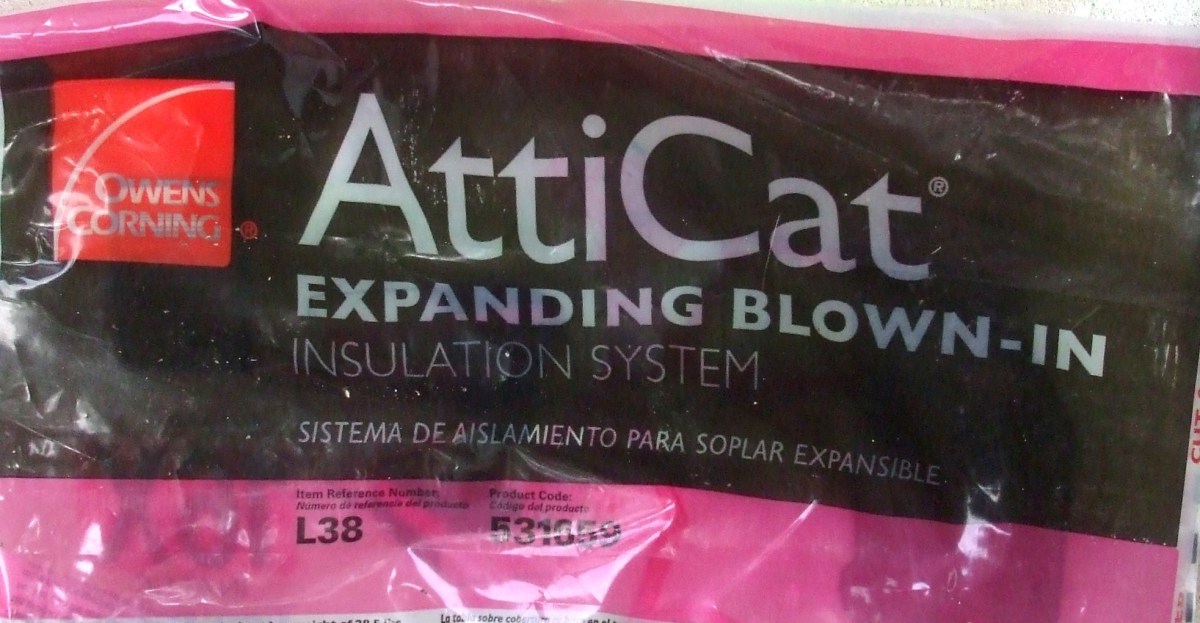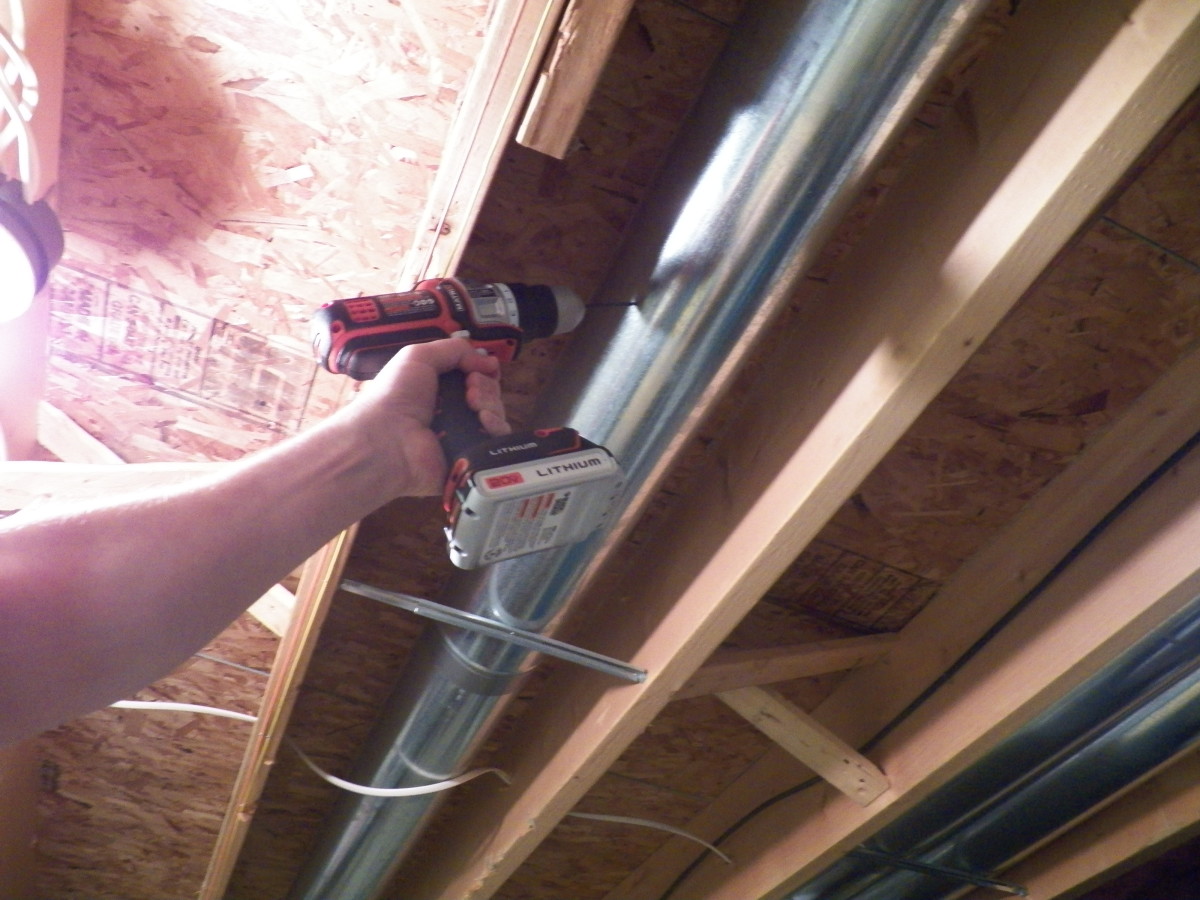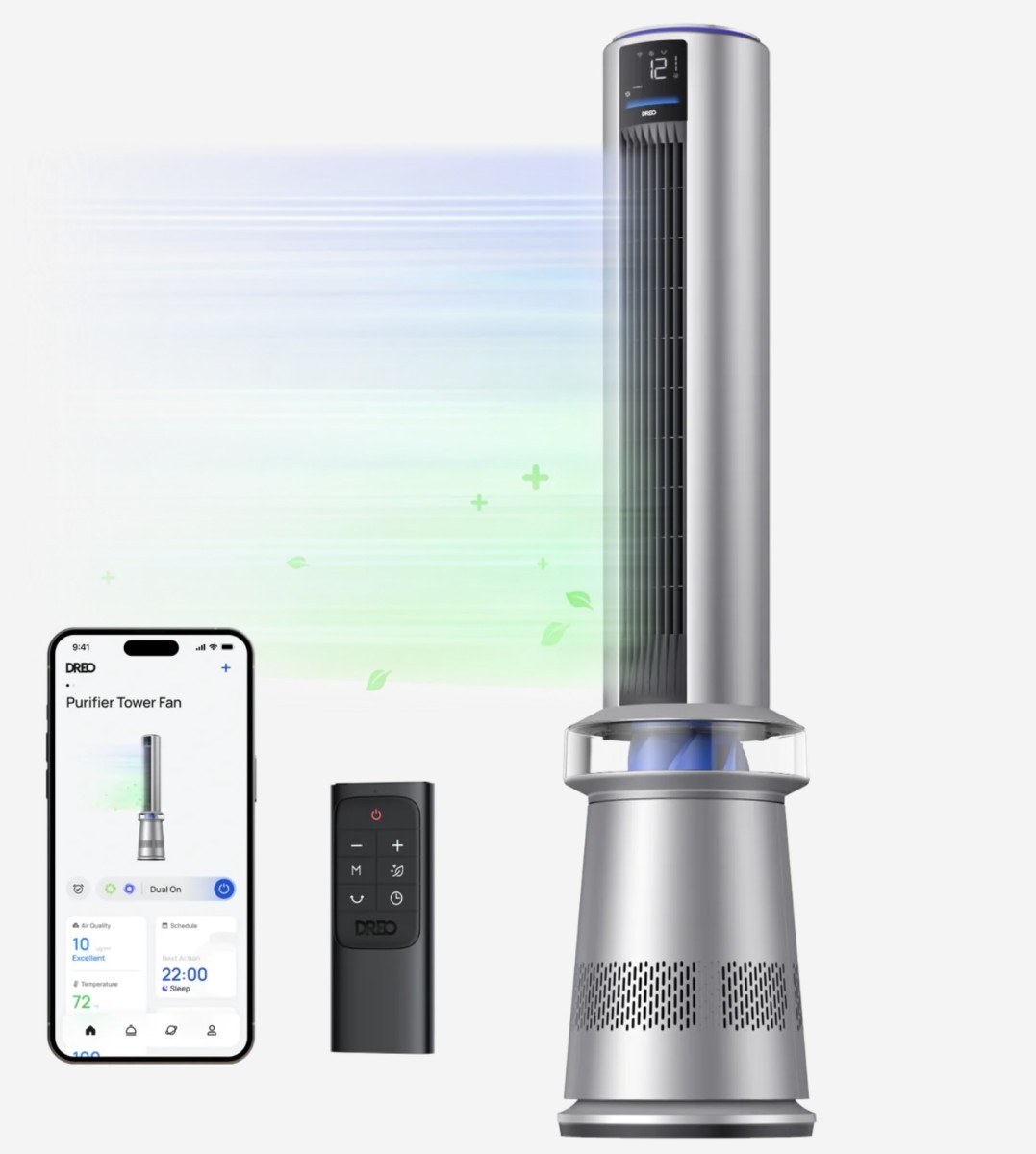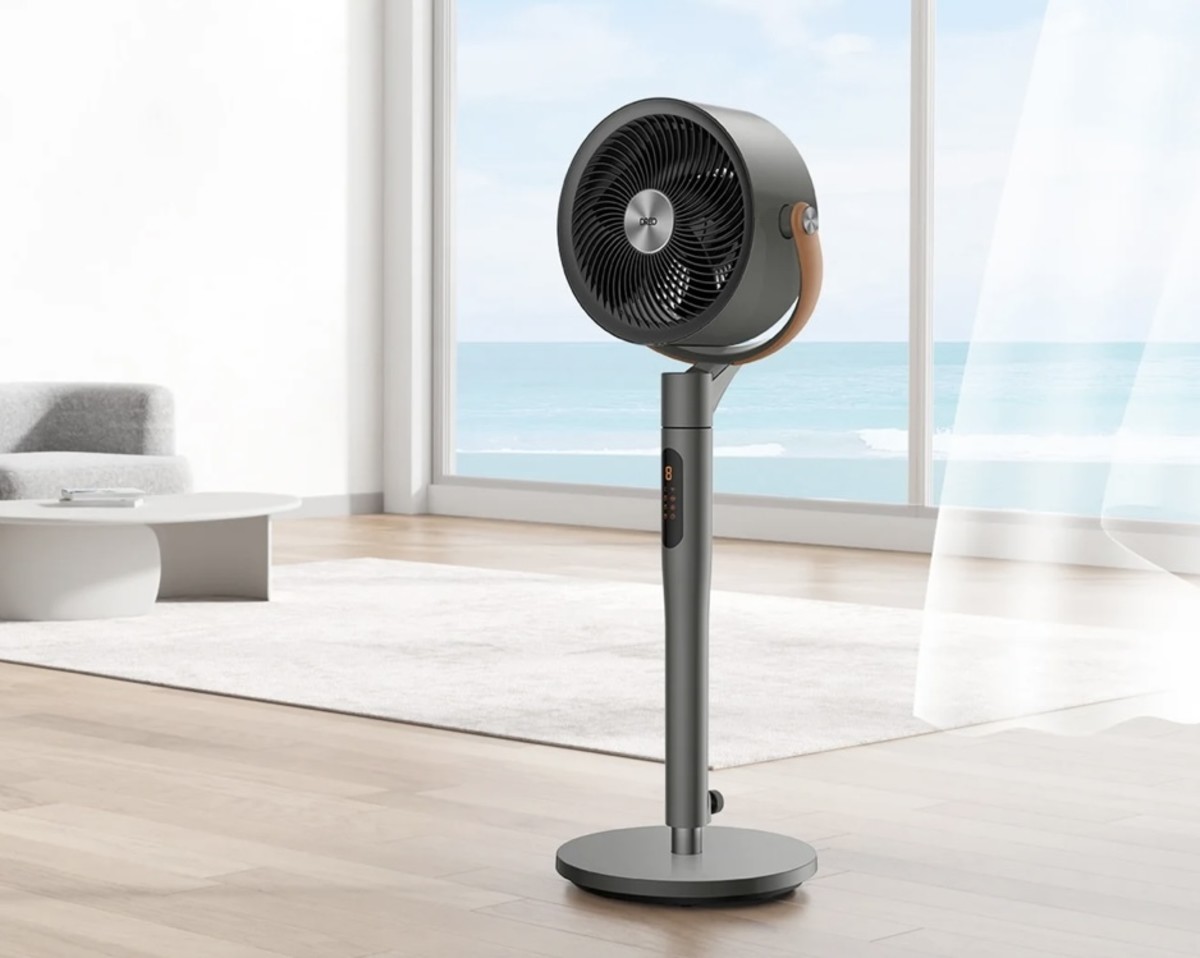Proper Ventilation For Vaulted Roof Framing
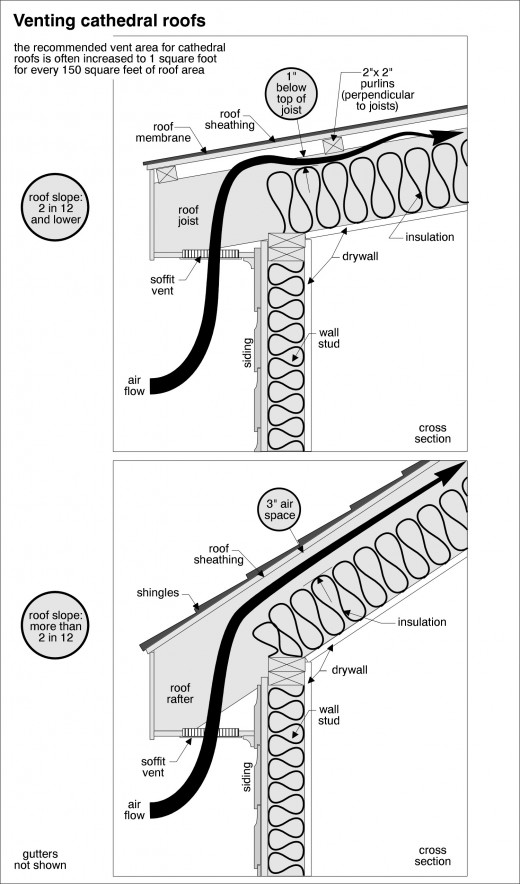
If you are going to use standard fiberglass insulation in cathedral roof applications, you will need proper ventilation to avoid moisture issues and avoid premature roof surface coating failure (also has to do with condensation).
Typically, standard air vent baffles come in 3' to 5' lengths which in a typical attic with a pitched roof and a flat ceiling is more than enough to allow air flow from the soffit to the open attic promoting air movement and relieving temperature differentials and removing any excess moisture that is built up from convection. In cathedral roofs, however, the ventilation baffles have to run the entire length of the rafter cavity to the peak of the roof where the air can escape through a ridge vent. This prevents excess moisture buildup through air movement and prevents mold growth and condensation under the shingles which deterioates the shingles prematurely. Metal roofs can have serious moisture issues if proper ventilation is not practices with fiberglass insulation products as the convection process can be applified in temperate climates.
Air Space
All ventilation baffles are manufactured to meet IRC (International Residential Code) of 1 inch of air space for a minimum of 12 inches. The baffles typically are 22 1/2 inches wide as is standard for rafter/truss roof framing, but can be separated in the middle for cavities down to 12 inch on center. While this is the standard, rafter cavities that have a substantial pitch are recmmended to have a wider air space of 3 inches to allow for more air movement as the steeping the pitch, the longer the rafter cavity and the less air exchange that is realized flowing naturally from the soffit to he ridge vent. These types of baffles generally do not exist and have to be custom made. One material that works well is foam board insulation as it can be cut to the exact width of the rafter cavities and adds R-value to the insulated cavity. This clear separation between the insulation and the air space is a great way to promote full ventilation.
Ventilation of rafter roofs may be the most important aspect of your roof. Do not make the mistake of trying to save a few hundred dollars on something that if done improperly, could ruin your home.
